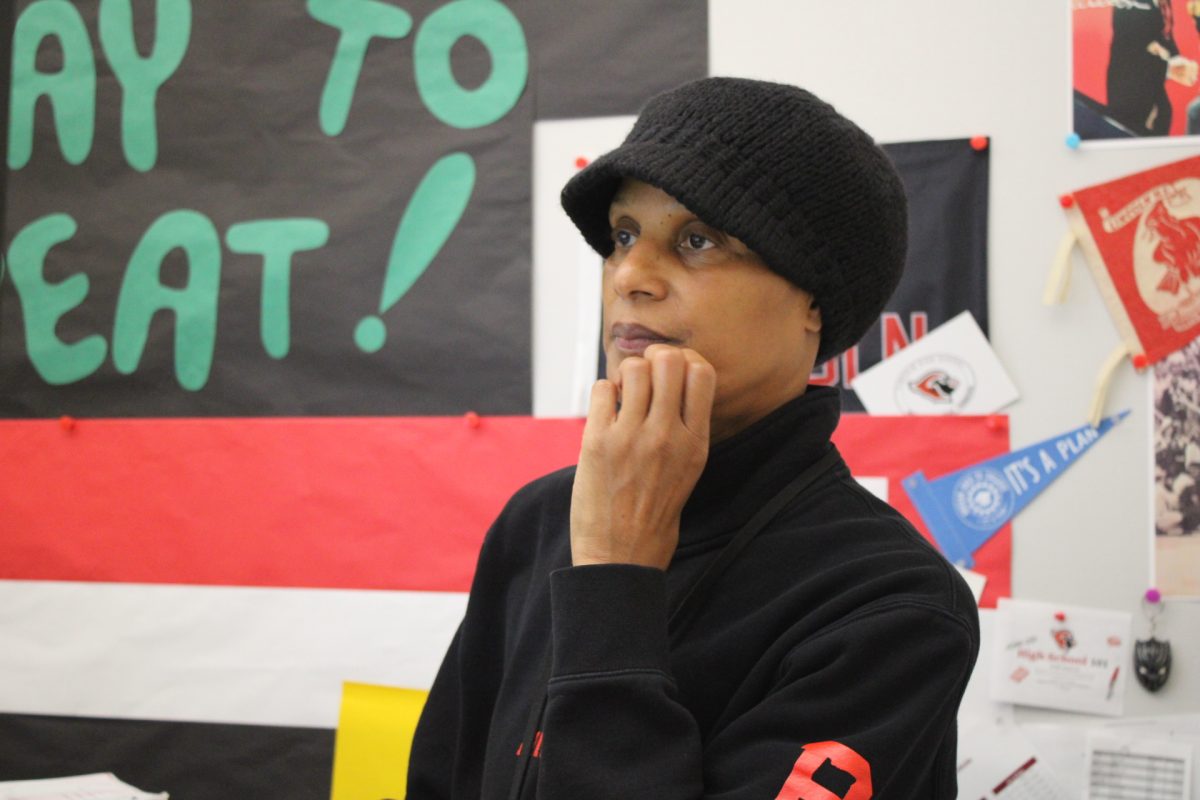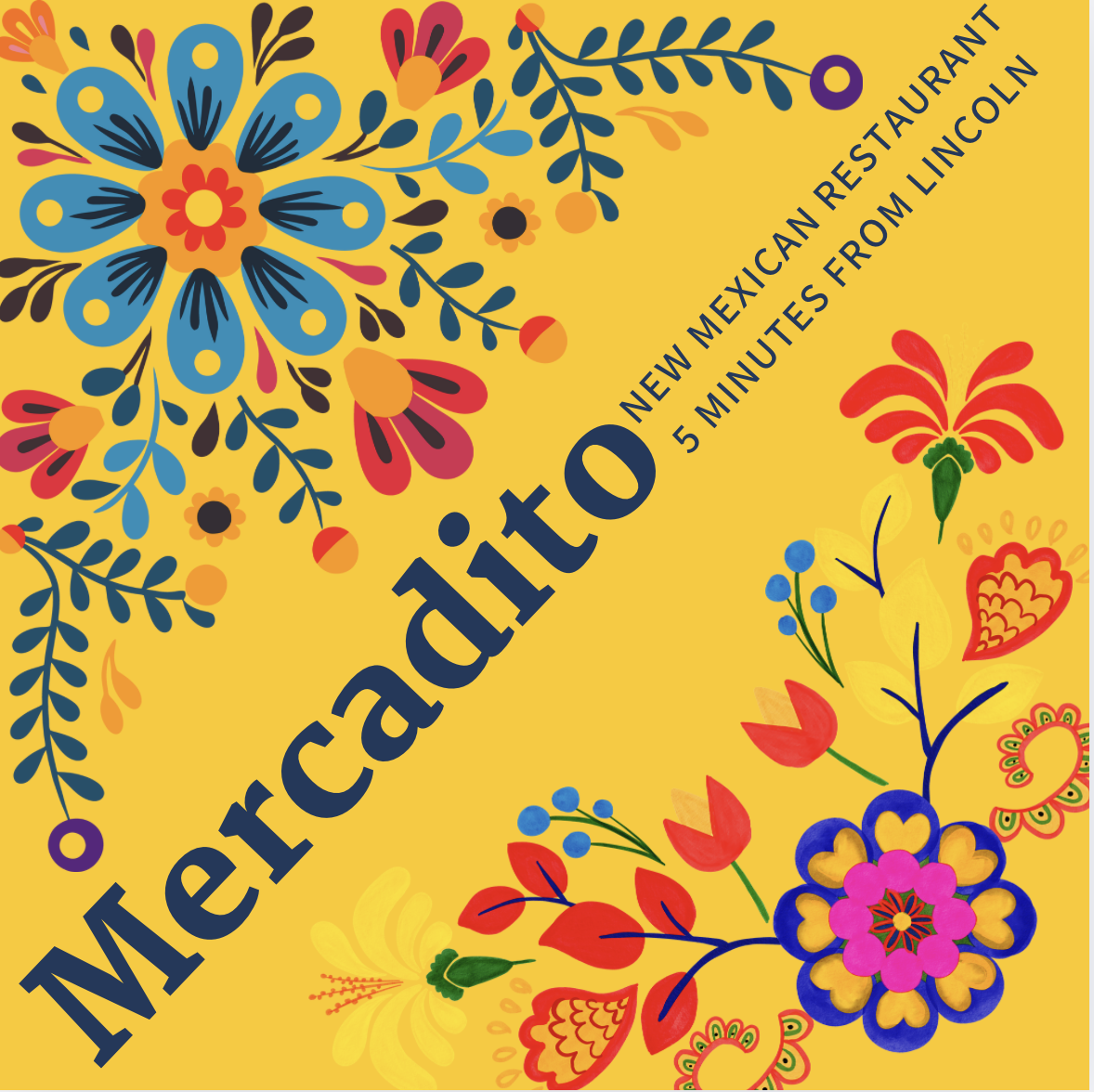Why affinity spaces matter to students of color
March 4, 2021
While Lincoln High School has a predominantly white population, many students of color have created connections through affinity spaces such as Sisters of Color, Brothers of Color and Asian Student Union.
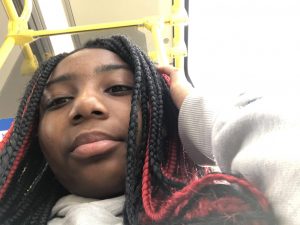
Nyilah Lewis is a freshman at Lincoln. She is a part of Sisters of Color and racially identifies as African American.
“Being a part of the SOC group means so much to me. The people here feel like more than my friends, they make it known that they are here to be my family. These are WOMEN that have been through the same experiences as me because of their identity and I LOVE being here to share and be part of these challenges and events.”
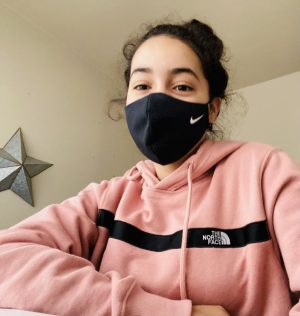
Sarah Faik is a freshman. She racially identifies as Brown/Moroccan, and is a member of Sisters of Color.
“I am so grateful for the friendships and community I’ve gained out of my affinity group. I would’ve never had the support and love from so many amazing and beautiful women of color if I didn’t think to join this group. This community has made me feel so safe sharing my opinions and has allowed me to reveal a whole side of myself that I never thought I had in me. I was able to connect with my peers on a different level, because of the experiences we share. We spend hours, I’m talking up to four hours, just talking and having fun over google meets. This affinity group has made online school 10 times better, as it makes me feel a part of something. I look forward to the meetings every single week.”
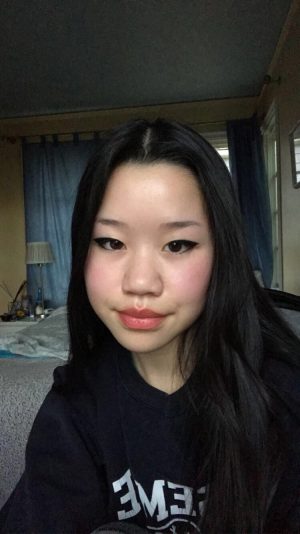
Wren Stuart is a junior at Lincoln and racially identifies as Asian. She is a part of both Asian Student Union and Sisters of Color.
“Affinity spaces are important to me because they provide a space that is separate from a majority white school/city. They allow me to feel a better sense of community and not feel as isolated from Lincoln as a whole. I feel more comforted knowing that there is a space where I can share my lived experiences and have them be truly understood.”

Ikasha Lowe is a senior at Lincoln High School. She racially identifies as Biracial and is the president of Sisters of Color.
“I think affinity spaces are designed to be a safe place for members in the community to come together and feel less isolated. It is a great way for individuals to share and validate their experiences of being a distinct subset group in our community. I continue to learn about myself and others, which allows me to create deeper connections with my identity and form meaningful bonds. I am incredibly thankful for Sisters of Color and I can’t imagine my high school experience without it!”

Kayla Isaac is a junior at Lincoln and is vice president of Sisters of Color. She identifies as Filipina.
“Since Lincoln is a predominantly white school, affinity spaces are some of the only opportunities where I can be in community with people who understand what I’m going through as a POC, and more specifically as a woman of color. Sisters of Color is a space where I can truly be myself and voice my honest thoughts and opinions. I’m so thankful that we’ve built such a loving, supportive, community together. I always know that the people in SOC have my back no matter what.”
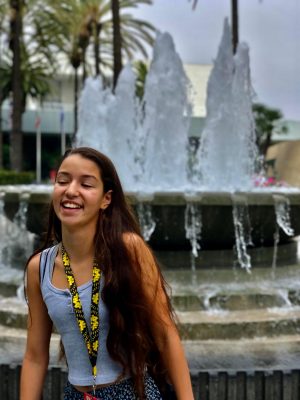
Carmen Blank is a sophomore. She racially identifies as mixed and is a part of Sisters of Color.
“Sisters of Color is important to me because it is a community and space that allows me to be my authentic self, and is a break from the norm of having to appease to white people in this predominantly white institution. It is exhausting going to a very white school, and feeling constantly on edge by the microaggressions, explicit racism, and lack of diversity. I am so grateful to have such a supportive and kind community in SOC where we can connect across differences and shared experiences, and feel safe and validated.”
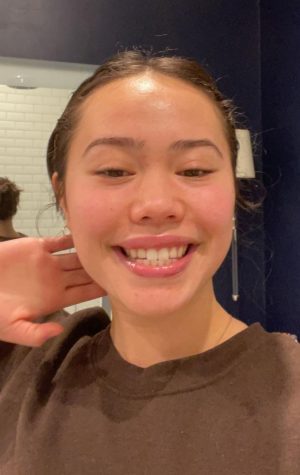
Lark Zabel is a junior at Lincoln. She racially identifies as biracial and is a part of both Asian Student Union and Sisters of Color.
“I love Sisters of Color because it’s a really supportive community and a place where I can be blunt about racist stuff that happens at the school without having to worry about white people’s feelings.”

Zack Andoh is a sophomore at Lincoln. He racially identifies as mixed and is a member of Brothers of Color.
“Affinity spaces matter to me because they give me a safe space to talk about current racial issues to people who look like me. These spaces are also really important at our school, which is predominantly white, because students of colour do not get enough representation and this is a space where changes could be made.”
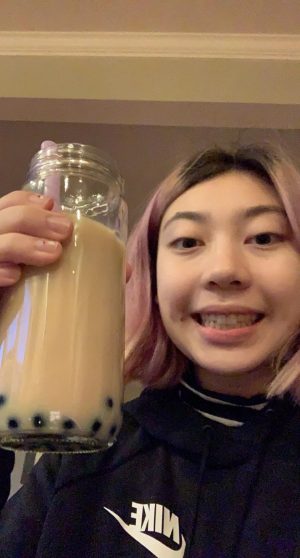
Claire Reynolds is a junior. She identifies as Biracial and is the treasurer and secretary for Sisters of Color.
“Sisters of Color is a great place for women of color to talk openly and be a part of a supportive community. For me, SOC is a place I can feel comfortable and is usually the part of my week I look forward to the most. Even in quarantine, where it is difficult to create connections and friendships with people, I have been able to make friends in SOC that I haven’t even met in person. The affinity group has become a really important part of my life and I’m really glad me and other women of color at Lincoln have this space to talk, support, and be in community with each other.”
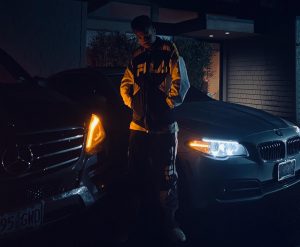
Caleb Dickson is a senior. He identifies as Black and Hatian and is president of Brothers of Color.
“Affinity spaces are important because I can connect with other BIPOC students in our community. In a very white dominant school, it’s important that BIPOC students have a collective space to discuss about our culture, community, leaders, societal issues, etc.”
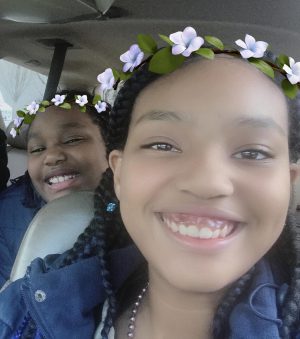
Camora Cain is a freshman. She identifies as Black and Asian and is a member of Sisters of Color.
“SOC is important to me because I can be in community with others of color and we can talkabout the issues going on in the world. Not only that but, the people I am with are funny, artistic, and they are people who I can speak in front of without being nervous.”

Naseem Sarkez is a Senior at Lincoln High School. He racially identifies as Brown and is a part of Brothers of Color.
“I like affinity groups because it’s a community where I feel safe and where I feel like everybody understands me. I don’t have to change who I am, act funny, or do anything to feel accepted.”
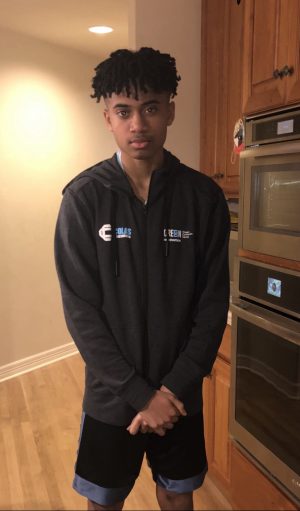
Eric Dickson is a junior. He racially identifies as Black and is a part of Brothers of Color.
“It’s important to me because it is a space where I can share with people who relate with my experiences racially and feel free to say things I wouldn’t around teachers.”


